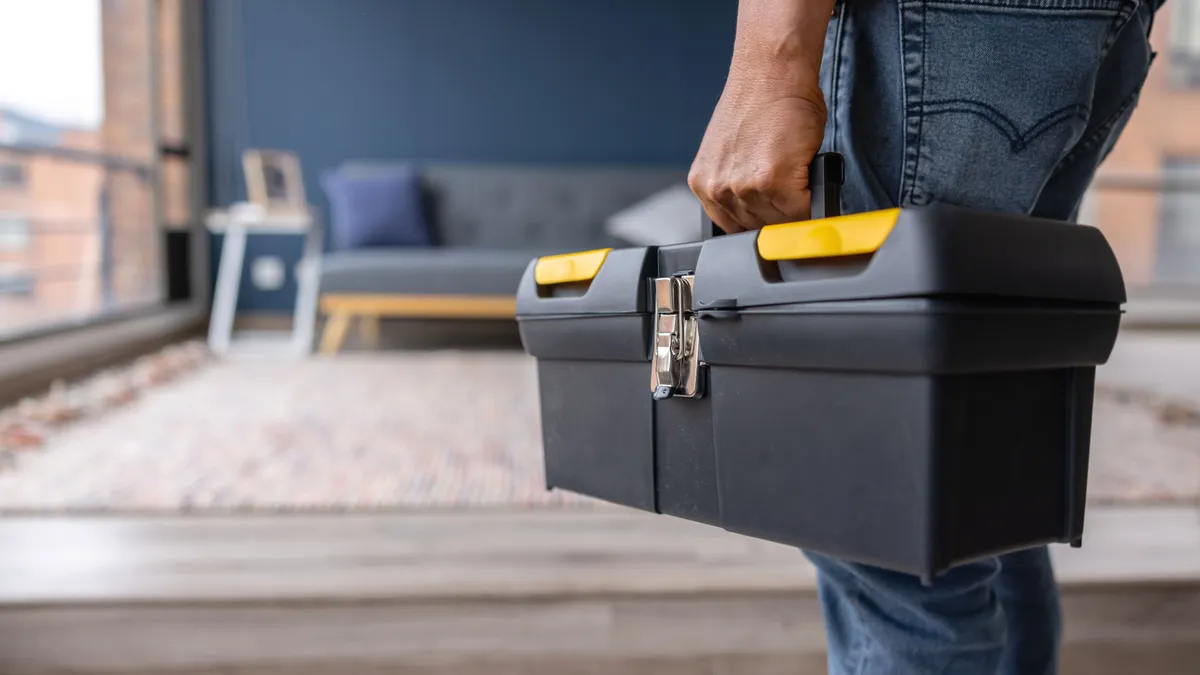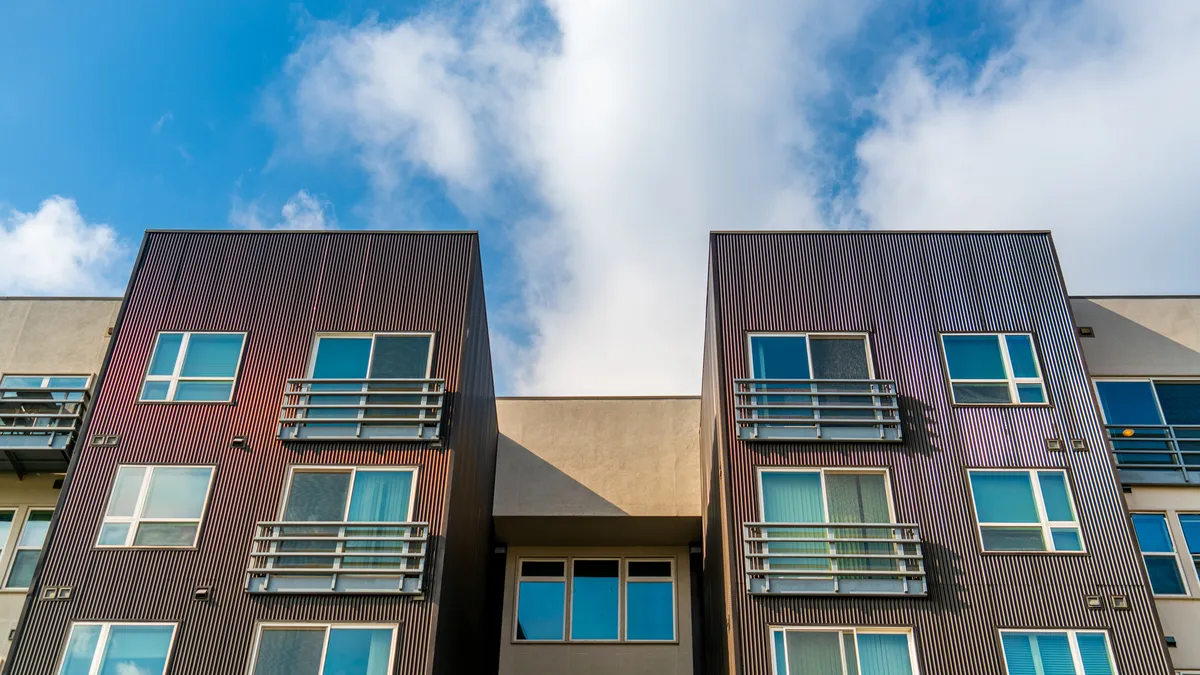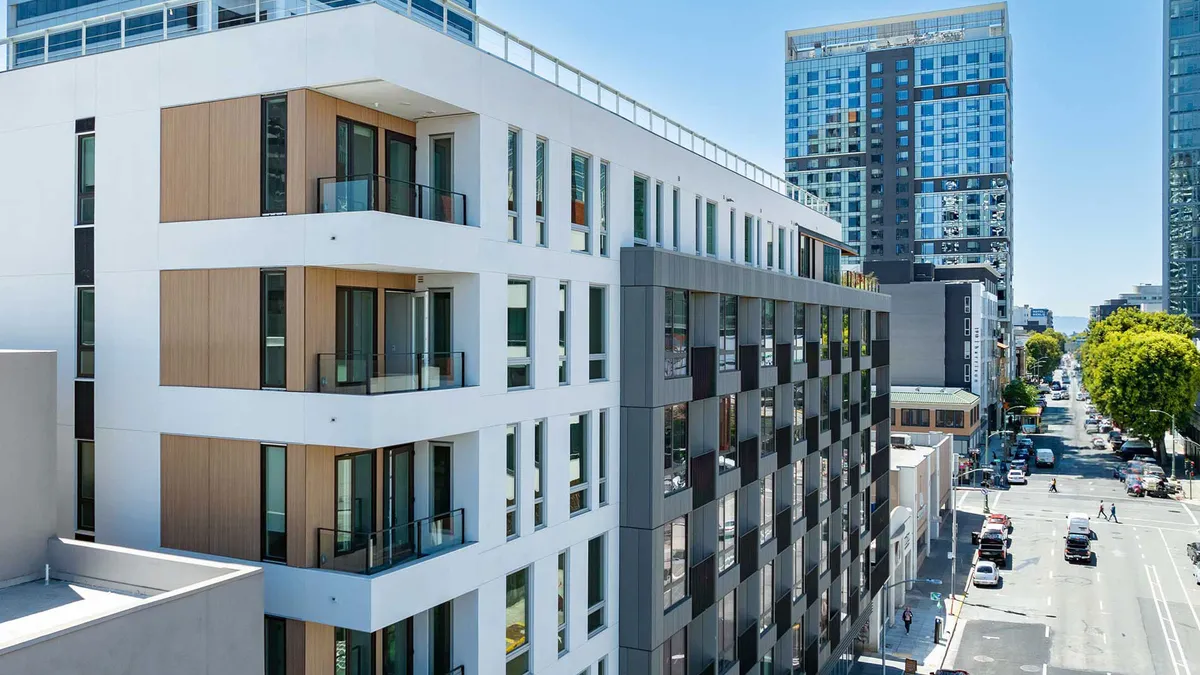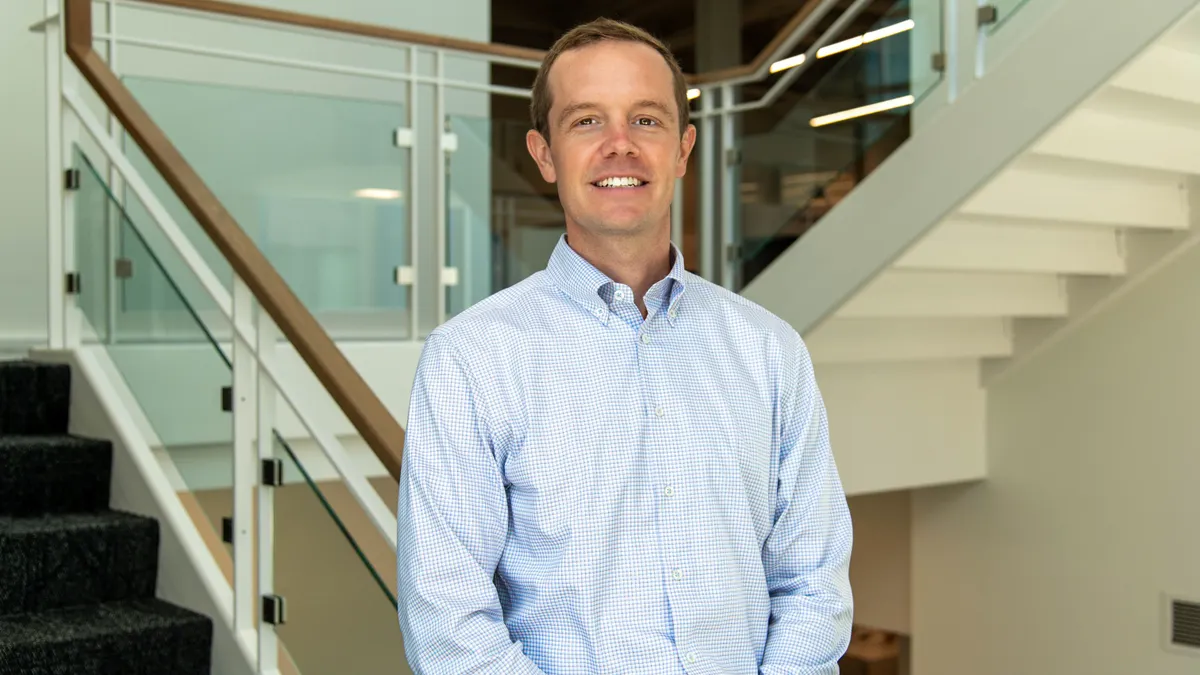Over the past year, Multifamily Dive has talked to more than 20 apartment executives to understand how the industry views centralization and how companies are adopting it. In the coming weeks, we’ll post a series of stories from those interviews. For the second installment, we’re looking at the pros and cons of maintenance centralization. Click here for the first installment.
While talk of online leasing, electronic payments and administrative functions have dominated much of the discussion around centralization, maintenance also plays a vital role in the apartment industry’s quest to move many on-site functions away from individual apartment properties.
It’s a trend that the Dallas-based Cushman & Wakefield multifamily team has observed in recent years.
“I think you really have an opportunity to provide better service to the residents and the community while also reducing the cost of the operation,” said Woody Stone, president of Cushman & Wakefield Multifamily Asset Services.
Maintenance centralization offers many benefits, allowing operators to triage service requests, dispatch jobs efficiently and keep technicians focused on what they do best. However, there are still some hurdles. Companies need scale in a market to make it work, and fee managers need client buy-in.
Maintenance triage
Centralizing maintenance starts well before a technician steps into an apartment to fix a leaky sink. Instead of calling in an issue to the management office, many companies have residents making service requests through a call center or an app that can dispatch jobs.
“What you can centralize is essentially the triage of maintenance requests,” said Tyler Christiansen, CEO of Odessa, Florida-based proptech firm Funnel Leasing. “Somebody is calling about their air conditioning, and maybe there's a way just to determine that it's not urgent and you don’t have to really get somebody on site.”
Operators don’t have to operate tens or hundreds of thousands of units to use these services. Tony Julianelle, CEO of Denver-based Atlas Real Estate, which manages 6,000 units, utilizes a call center in Mexico to triage calls and dispatch work.
“A work order comes in, and somebody has to vet that work order and triage it,” Julianelle said. “Having someone remote who’s bilingual doing it saves us a lot of money.”
Sometimes, customer support specialists can help the resident troubleshoot issues on their own, eliminating the need to send out maintenance techs. But ultimately, triage can only go so far.
“At the end of the day, of course, there is a physical unit, and there are many, many cases in which somebody needs to go to the physical unit,” Christiansen said.
Maintenance pods
Traditionally, the formula for maintenance has been one technician for every 100 units at a property, but centralization could change that math.
At the heart of the push to make maintenance more efficient is the concept of centralized service teams that can be dispatched by van to troubleshoot issues. “Instead of having dedicated resources, you have centralized resources,” Stone said. “You have experts going to handle specific issues at specific properties.”
“A work order comes in, and somebody has to vet that work order and triage it.”
Tony Julianelle
CEO of Denver-based Atlas Real Estate
Buckingham puts four or five properties in a 10-mile radius into a single maintenance pod that services those communities from a centralized location. “It wasn't about payroll savings and job eliminations,” said Ian Bingham, senior vice president of business development at an Indianapolis-based operator Buckingham Companies. “It was really about being much more efficient.”
But there are cost benefits. “We did take some jobs that were open and just didn't touch them,” Bingham said. “There's payroll savings there.”
With fewer technicians working over groups of four and five properties, Buckingham had more money in the pool for salaries. Bingham said that has helped with hiring.
“The service is better,” Bingham said. “So it went really, really well for us. It is the definition of leveraging people and technology for a better experience.”
Specialization focus
Maintenance pods are only part of service centralization. Technology can also play a huge role in routing technicians to optimize service routes.
Buckingham uses technology to geo-locate its service technicians. “When your work order comes in, it's going to auto-direct the service ticket to the tech nearest to you with the best skill set,” Bingham said. “We’ve seen response time go down.”
But the idea isn’t to just send mobile technicians to roll in to repair a faucet or toilet. It’s to send the right ones to do the job.
“It’s utilizing technology that automatically pushes out to our service technician — who has an HVAC certification — all of the work tickets that are HVAC related,” Bingham said. “Conversely, that service tech that’s fantastic at plumbing is getting all the plumbing tickets.
Fairfield, New Jersey-based Woodmont Properties utilizes a software platform that gives the company insight into its maintenance operations, determining how long it takes to fix a water heater, for instance. “That information will tell us who is the best at replacing water heaters, and we can get him or her to train the people who may be slower,” said Louis DeVos, vice president of property management at the company.
With this software, Woodmont can also do all of its inspections digitally. Instead of putting those paper inspections in a binder, the company saves them electronically. “On average, our inspections are at least 10% faster because we've adopted that process,” DeVos said.
Obstacles and solutions
While centralization may make sense for owners with scale in a market, third-party managers face another hurdle: their clients' newer assets.
“I've spoken with asset managers with some of the biggest shops in the country, and they will tell you, ‘I don’t want to be in a pool with a property that was built in 1999 and mine was built in 2020,’” Bingham said. “‘So how can I be confident that I'm going to get an equal share of a payroll, given that my property needs a lot less than the other one?’”
Ultimately, managers have to overcome objections from owners who are worried that they’re paying for maintenance on another group’s older property if it’s in the same pod.
“On average, our inspections are at least 10% faster because we've adopted that [digital] process.”
Louis DeVos
Vice president of property management at Woodmont Properties
“On the third-party side, you do have to have those conversations because asset managers are savvy and they want to make sure that they're being billed for the hours that someone's working on their property,” Bingham said.
Technology can fix many things and make work more efficient, but maintenance professionals ultimately need to be relatively close to the communities they serve. That’s why Buckingham’s pods only include properties within a 10-mile radius.
If technicians need to be near a property they service, an operator needs density within that geography to have a genuinely centralized, mobile maintenance operation.
“If you have one community in Tampa, one in Lakeland and one in Orlando, that centralized maintenance model doesn't do me any good,” Christiansen said. “There are far more geographic constraints on maintenance than there are on other centralized functions, like administration and leasing.”
Click here to sign up to receive multifamily and apartment news like this article in your inbox every weekday.



















